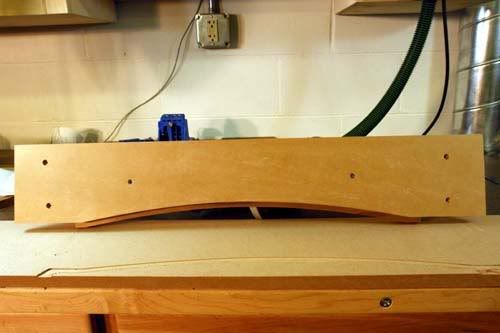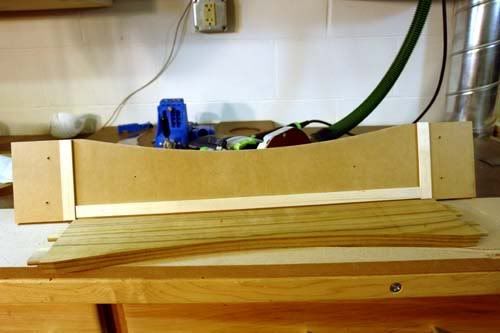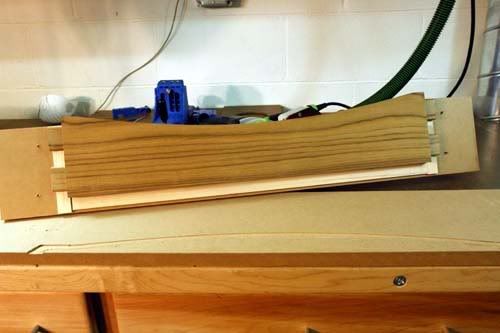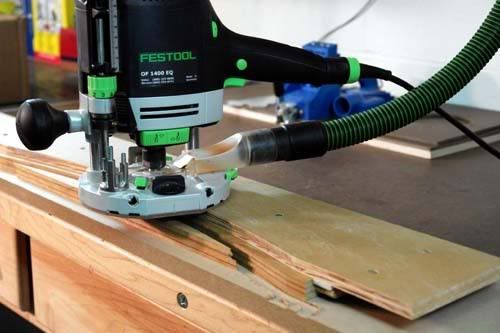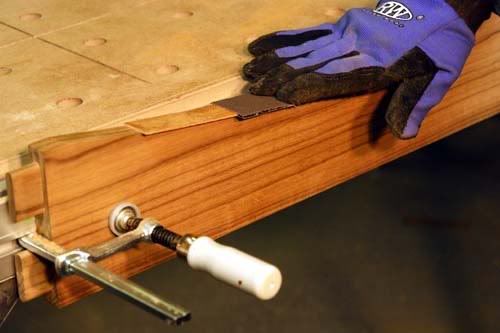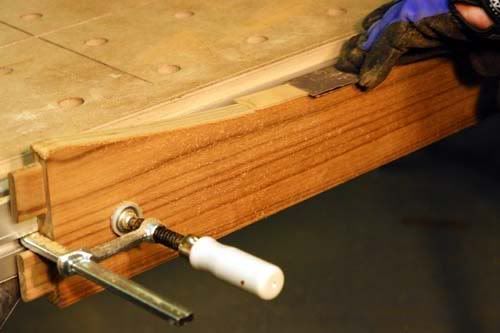Overtime
Member
- Joined
- Jan 25, 2007
- Messages
- 265
Here is a small square coffee table for two in the works.
Legs and aprons are solid Teak

It's a very simple design so far. No bead, flutes, inlays or anything snazzy, just teak with the edges slightly rounded.
corner to corner it's about 29" square. With the top around 31 - 32 inches square.
The legs have a gentle taper on them. And I used a Leigh FMT instead of the domino to get double tenons from the solid stock on the ends of the aprons.
to get double tenons from the solid stock on the ends of the aprons.
Legs and aprons are solid Teak

It's a very simple design so far. No bead, flutes, inlays or anything snazzy, just teak with the edges slightly rounded.
corner to corner it's about 29" square. With the top around 31 - 32 inches square.
The legs have a gentle taper on them. And I used a Leigh FMT instead of the domino

